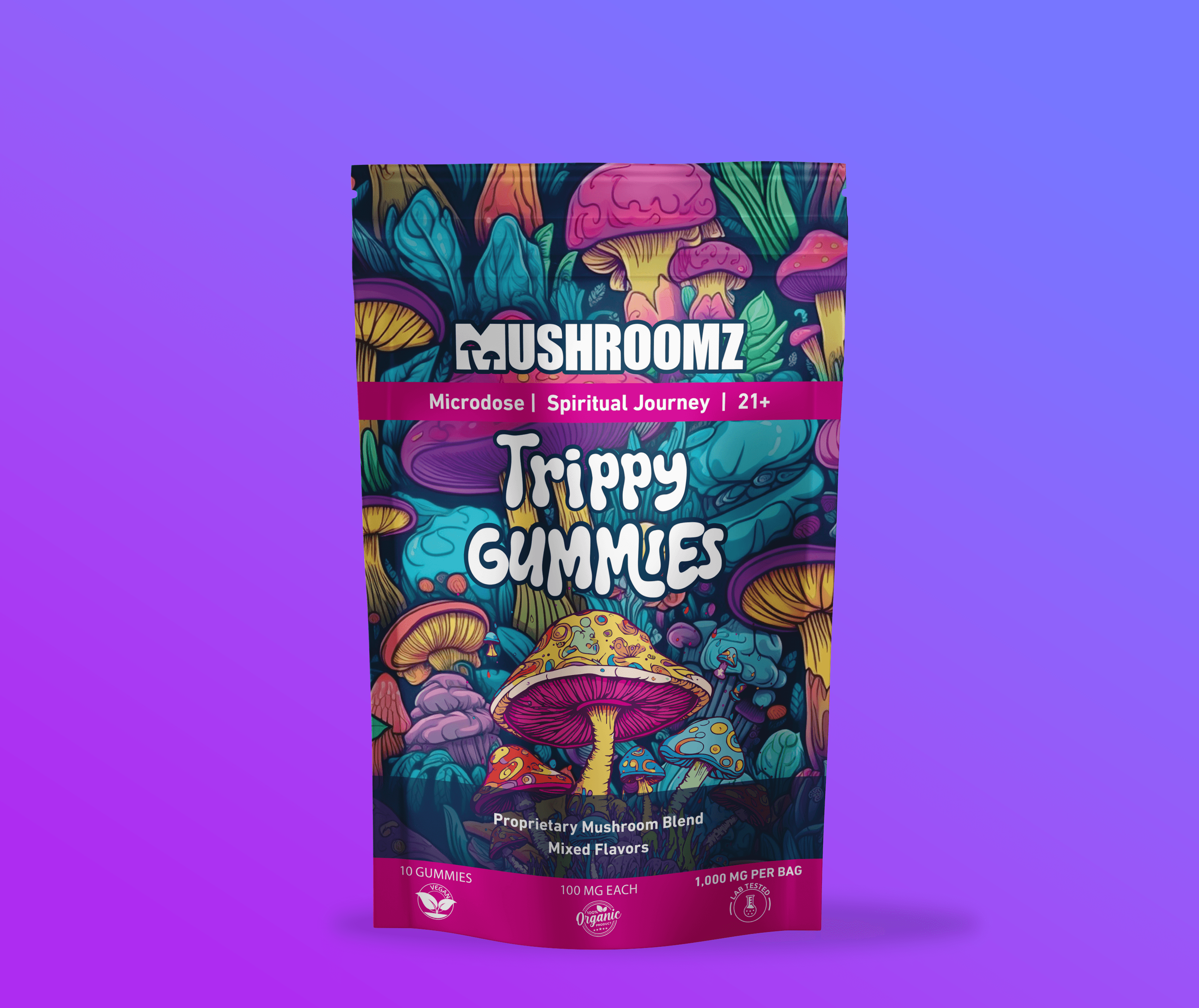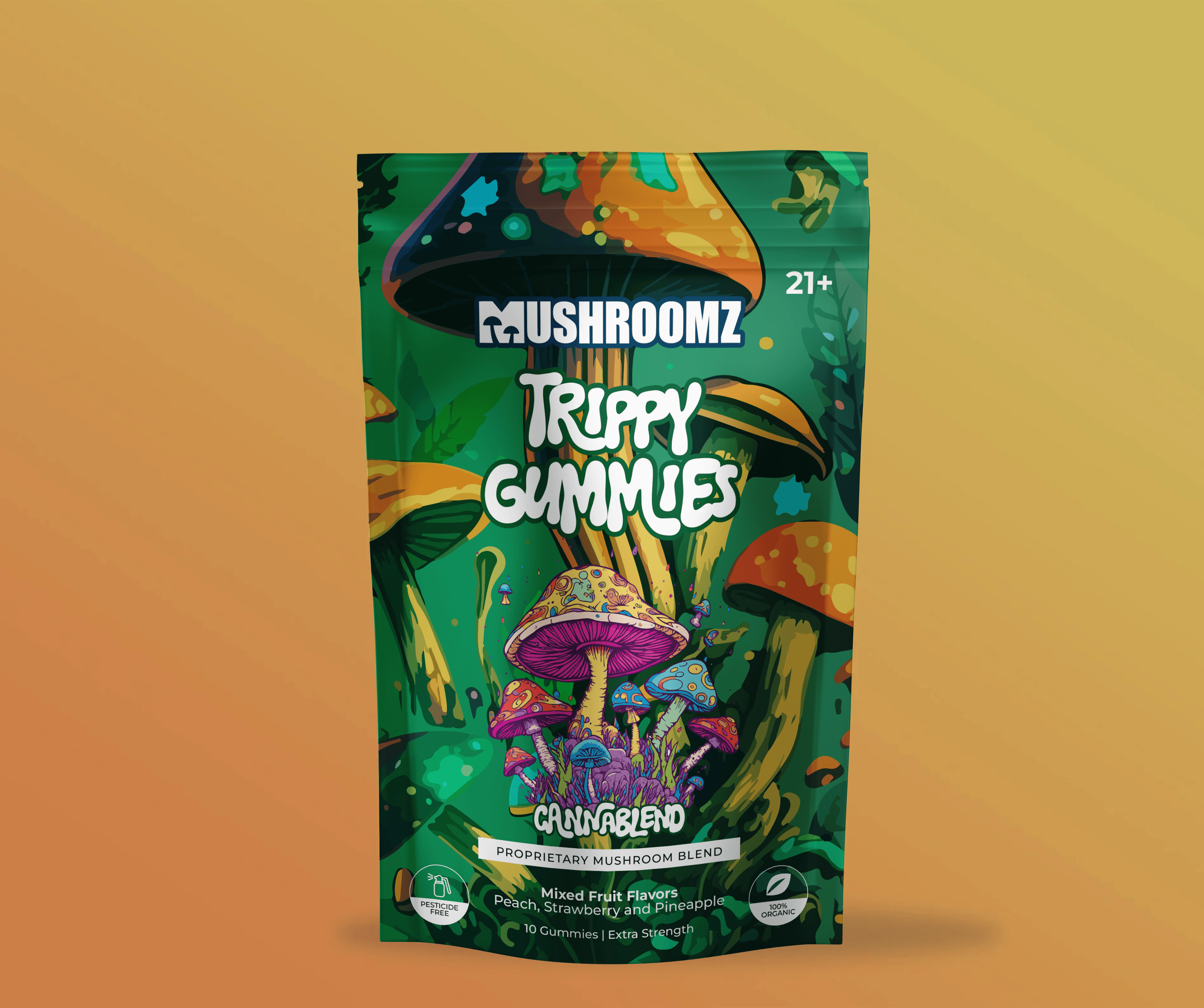

· Mushroomz
Amanita Muscaria: The Enigmatic World of the Fly Agaric Mushroom
In the enchanting world of fungi, few species captivate the imagination as much as Amanita Muscaria, commonly known as the fly agaric mushroom. This iconic toadstool, with its distinctive red cap adorned with white speckles, has long been associated with folklore, mythology, and even shamanic rituals. Let's embark on a journey to unravel the mysteries of Amanita muscaria and explore its cultural, historical, and pharmacological significance.
Identification and Appearance:
Amanita muscaria is a visually striking mushroom characterized by its vibrant red cap, often dotted with distinctive white to yellowish warts. As it matures, the cap expands, revealing the white gills beneath. The stem is typically white and may bear a partial or complete ring. While this species is renowned for its classic red-and-white appearance, variations in coloration exist, including yellow, orange, or even white forms.
Cultural and Historical Significance:
Woven into the fabric of cultural and historical narratives, Amanita muscaria has played a role in various mythologies and folk traditions. Often depicted in art and literature, this mushroom is associated with enchanting tales of fairies, gnomes, and magical realms. In Siberian shamanism, the fly agaric mushroom holds sacred significance and is believed to induce altered states of consciousness during rituals.
Chemical Composition and Effects:
Amanita muscaria contains several psychoactive compounds, including muscimol and ibotenic acid. While muscimol is considered the primary psychoactive component, ibotenic acid is converted to muscimol through drying or decarboxylation. The effects of Amanita muscaria can vary widely, with reports of hallucinations, altered perceptions, and a dreamlike state.
Traditional Use and Shamanic Practices:
Certain indigenous cultures, particularly in Siberia, have historically incorporated Amanita muscaria into shamanic rituals. Shamans, revered as spiritual guides, would consume the mushroom to induce trance-like states and commune with the spirit world. The striking visuals associated with this mushroom have influenced cultural depictions of magic and otherworldly experiences.
Amanita muscaria stands as a captivating symbol of the mystical world of mushrooms, entwined with cultural lore and shrouded in historical significance. From ancient shamanic practices to contemporary cautionary tales, the fly agaric mushroom continues to pique the curiosity of those drawn to the mysteries of the natural world. As we explore its cultural and pharmacological dimensions, it's essential to approach Amanita muscaria with respect, acknowledging its enchanting allure and its potential risks.
Identification and Appearance:
Amanita muscaria is a visually striking mushroom characterized by its vibrant red cap, often dotted with distinctive white to yellowish warts. As it matures, the cap expands, revealing the white gills beneath. The stem is typically white and may bear a partial or complete ring. While this species is renowned for its classic red-and-white appearance, variations in coloration exist, including yellow, orange, or even white forms.
Cultural and Historical Significance:
Woven into the fabric of cultural and historical narratives, Amanita muscaria has played a role in various mythologies and folk traditions. Often depicted in art and literature, this mushroom is associated with enchanting tales of fairies, gnomes, and magical realms. In Siberian shamanism, the fly agaric mushroom holds sacred significance and is believed to induce altered states of consciousness during rituals.
Chemical Composition and Effects:
Amanita muscaria contains several psychoactive compounds, including muscimol and ibotenic acid. While muscimol is considered the primary psychoactive component, ibotenic acid is converted to muscimol through drying or decarboxylation. The effects of Amanita muscaria can vary widely, with reports of hallucinations, altered perceptions, and a dreamlike state.
Traditional Use and Shamanic Practices:
Certain indigenous cultures, particularly in Siberia, have historically incorporated Amanita muscaria into shamanic rituals. Shamans, revered as spiritual guides, would consume the mushroom to induce trance-like states and commune with the spirit world. The striking visuals associated with this mushroom have influenced cultural depictions of magic and otherworldly experiences.
Amanita muscaria stands as a captivating symbol of the mystical world of mushrooms, entwined with cultural lore and shrouded in historical significance. From ancient shamanic practices to contemporary cautionary tales, the fly agaric mushroom continues to pique the curiosity of those drawn to the mysteries of the natural world. As we explore its cultural and pharmacological dimensions, it's essential to approach Amanita muscaria with respect, acknowledging its enchanting allure and its potential risks.
Recommended Products
 Organic Mushroom Coffee - 30 Day Supply
Organic Mushroom Coffee - 30 Day SupplyOrganic Mushroom Coffee - 30 Day Supply
$49.99Rated 5.0 out of 5 stars310 Reviews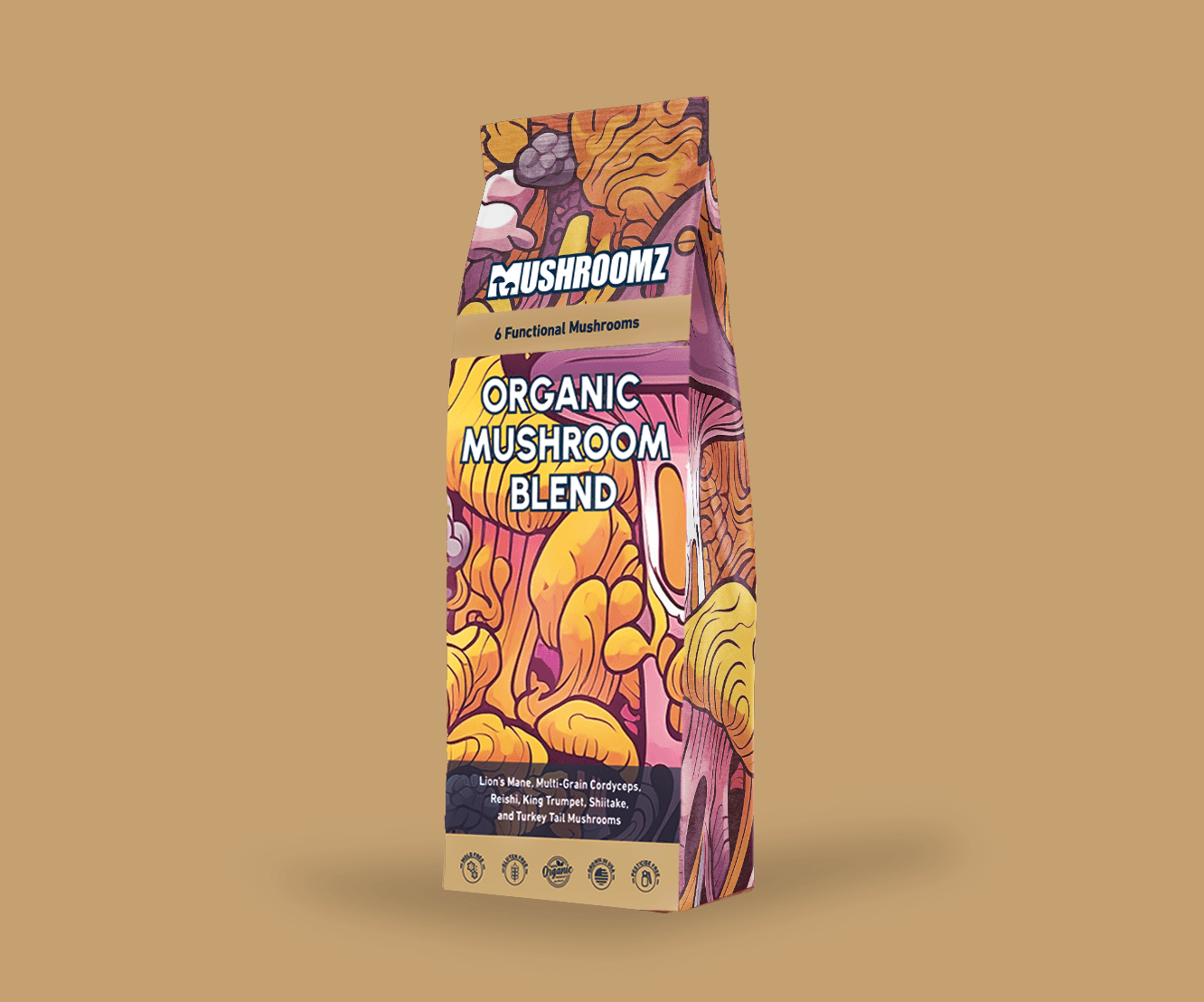 Organic Mushroom Blend - 30 Day Supply
Organic Mushroom Blend - 30 Day SupplyOrganic Mushroom Blend - 30 Day Supply
$44.99Rated 5.0 out of 5 stars272 Reviews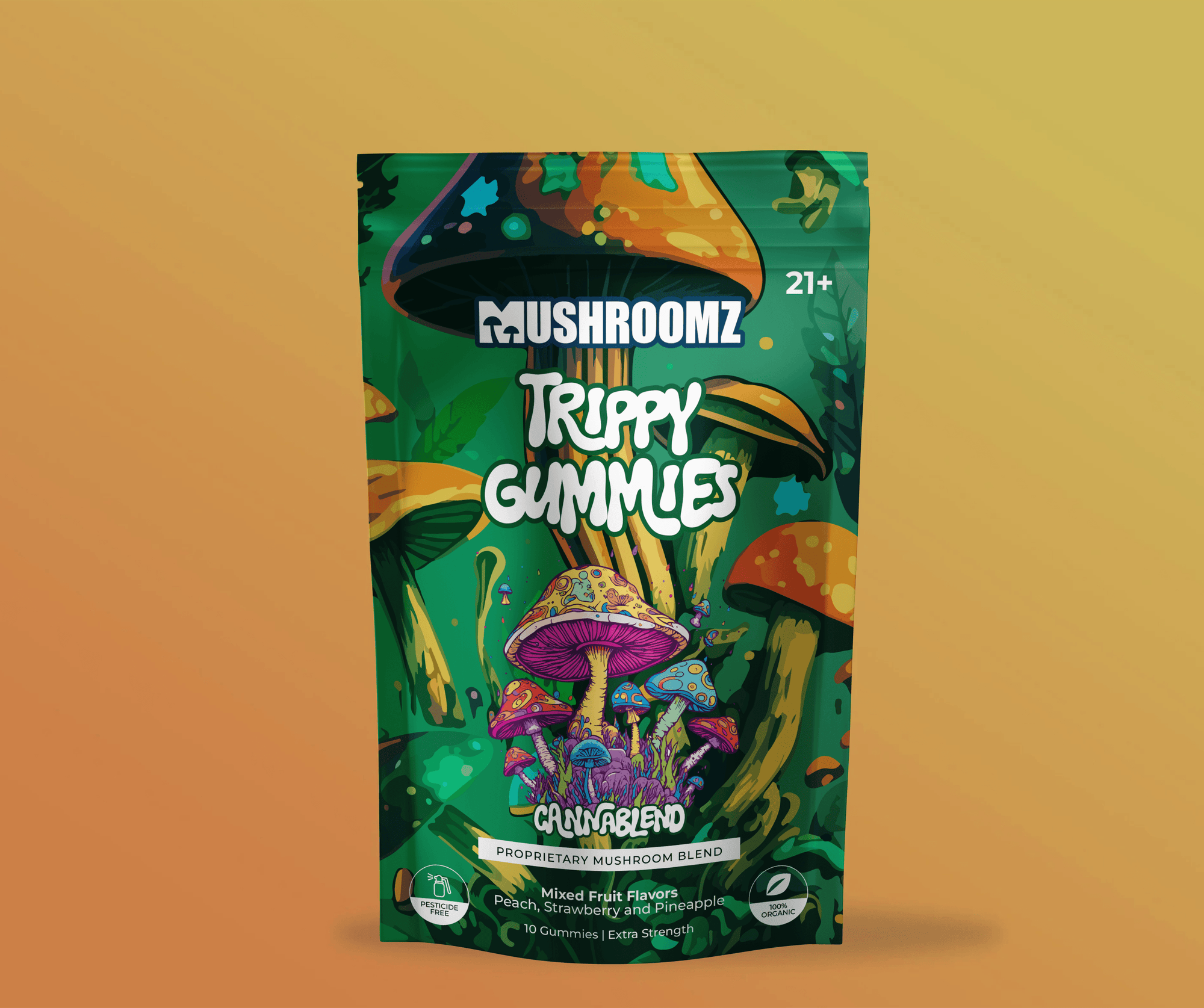 Trippy Gummies: Proprietary Mushroom CannaBlend (10 Count)
Trippy Gummies: Proprietary Mushroom CannaBlend (10 Count)Trippy Gummies: Proprietary Mushroom CannaBlend (10 Count)
$29.99Rated 5.0 out of 5 stars286 Reviews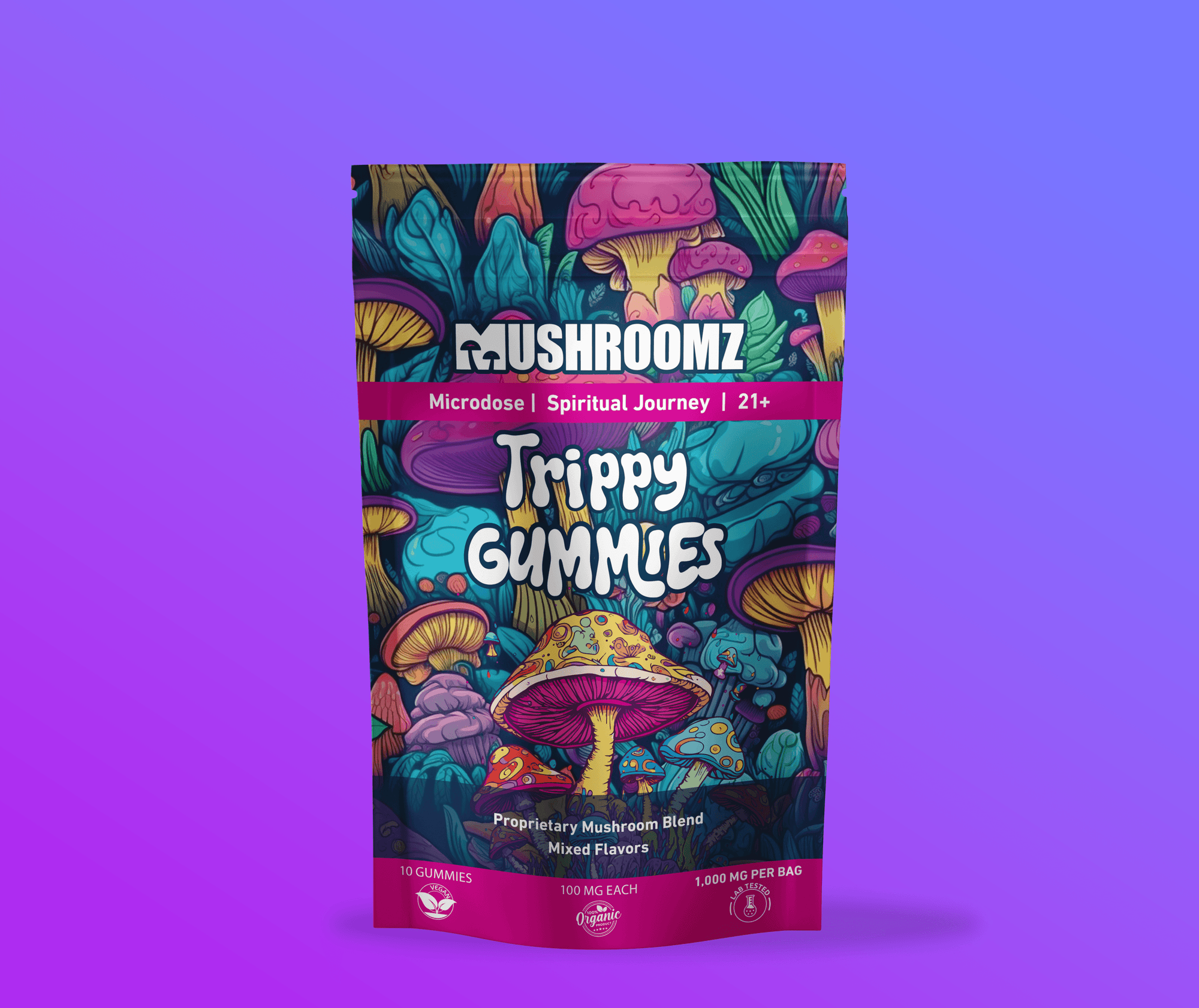 Trippy Gummies: Proprietary Muscimol Mushroom Blend (10 Count)
Trippy Gummies: Proprietary Muscimol Mushroom Blend (10 Count)Trippy Gummies: Proprietary Muscimol Mushroom Blend (10 Count)
$74.99Rated 5.0 out of 5 stars300 Reviews






